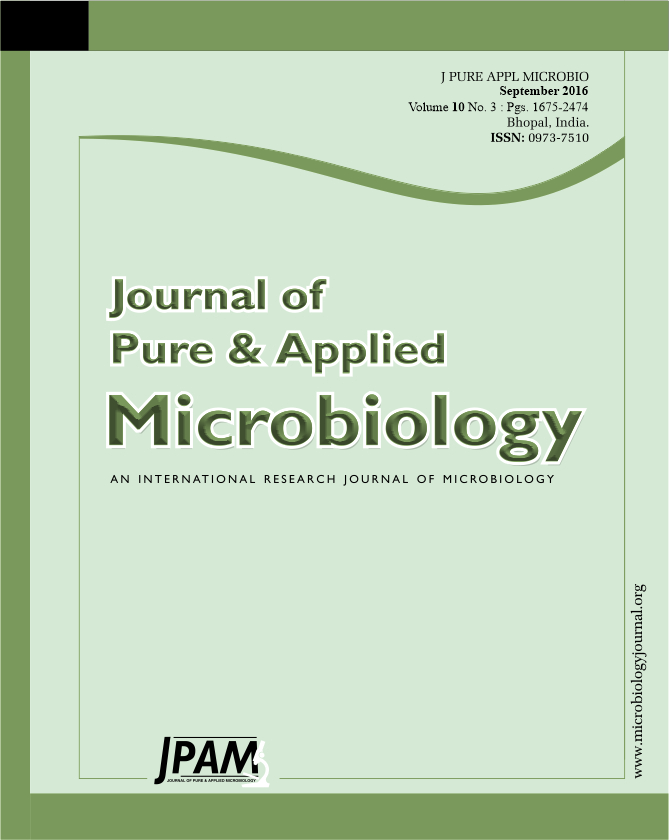Sheath diseases of rice are major constraints to rice production in Asia. Collection of sheath disease samples were taken during the dry season (January-May), 2015 and the rainy season (June-November), 2016 from several fields in each of two provinces of Lao PDR. The pathogens were isolated and characterized on morphology, pathogenicity and molecular identification. Nineteen isolates of Rhizoctonia spp. were studied and found that seven isolates were R. solani and twelve isolates were R. oryzae. The R. solani mycelia on PDA were light brown to brown, sclerotia brown in color, globose to irregular shape. On other hand, R. oryzae mycelia on PDA were brown and orange brown, sclerotia were globose to irregular shape, dark brown or light-yellow color. Six isolates of Rhizoctonia with different characteristics were selected to identify using molecular technique. Molecular identification was carried out by PCR technique using primers, ITS5 (5’-GGAAGTAAAAGTCGTAACAAGG-3’) and ITS4 (5’-TCCTCCGCTT ATTGATATGC-3’) to amplify PCR products of ITS1-5.8S-ITS2 region of rRNA gene. The PCR products were about 750 base pairs and subjected to base sequence comparison in GenBank database. The result showed that isolates, SMN1-5, SMC1-2 and VNN were R. solani, while isolates VHN1-3, SMN1-7 and VHN were R. oryzae. Result on pathogenicity evaluation revealed that, the isolate VSV1-2 of R. oryzae which inoculated on a sheath produced the largest average lesion area of 303 mm2, compared to isolate SMN1-5 of R. solani with a result lesion area of 191 mm2. All 19 isolates were pathogenic to rice cultivar (Thadokham 8). The percent study indicates that the R. solani can invade both sheath and leaf of rice cultivar (Thadokham 8), however, R. oryzae invaded only on sheath. In addition, the occurrence and characterization of R. oryzae are reported for the first time in Lao PDR.
Occurrence, Characterization, Rhizoctonia, Sheath diseases, Rice, Lao PDR.
© The Author(s) 2016. Open Access. This article is distributed under the terms of the Creative Commons Attribution 4.0 International License which permits unrestricted use, sharing, distribution, and reproduction in any medium, provided you give appropriate credit to the original author(s) and the source, provide a link to the Creative Commons license, and indicate if changes were made.


